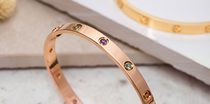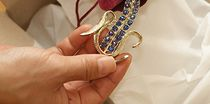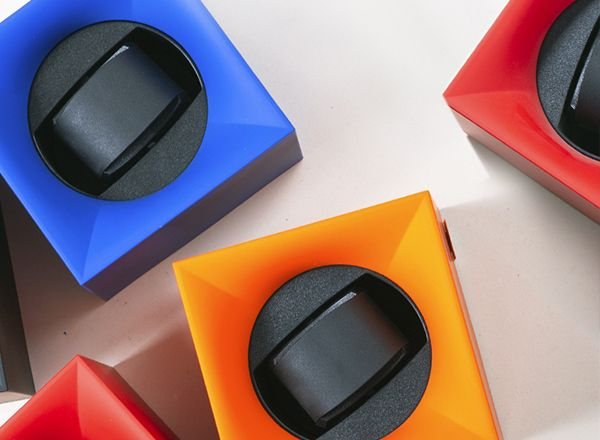Clear all filters
All our Necklaces jewel
Necklace
34 items
A history of precious necklaces and their inspirations
Some necklaces are nothing short of legendary, with the first of them undoubtedly being the long - very long - natural pearl sautoir that Gabrielle Chanel wore in the 1920s. As valuable as it was original, this necklace made a strong statement about the designer's style, sense of independence and freedom of spirit, demonstrating that a necklace can be so much more than just a fashion accessory. Of course, a luxury necklace, whatever its shape and size, is first and foremost an accessory to set off an outfit. The Egyptians, and before them the Mesopotamians, already knew this, and crafted gold and precious stones to create sumptuous pieces of jewellery. So it was during ancient times that the aesthetic aspect of the necklace really came to the fore. The Romans added a social dimension as the value of the materials took precedence over artistic design, so necklaces demonstrated the rank of those who wore them. Only the wealthy could afford to wear gold and silver. The necklace, however, would fall out of favour until the Renaissance period in the 16th century. The necklace was given a new lease of life among the nobility during this period of scientific, artistic and literary revival. The necklace was no longer just a symbol of power, but also a way to express emotions: love, friendship, devotion or even superstition. The precious stones from the New World and the evolution of techniques (cut stones, enamelling...) facilitated the creation of sumptuous pieces. furthermore, the number of themes increased, many of which can still found today in the great jewellery Houses such as nature and plants, mythology and fantastic creatures, arabesques... The following centuries, the 17th and 18th, saw the advent of French jewellery with a focus on gems and precious metals using increasingly elaborate techniques. On necklaces, diamonds took pride of place, although 18th-century jewellers sometimes preferred other precious and semi-precious stones like rubies, sapphires, emeralds and amethysts.
Different types of necklaces and their lengths
The history of the necklace is therefore a question of fashion and trends. Just think of the flower and animal inspired Art Nouveau period, then of the Art Deco movement with its geometric patterns. The beginning of the 20th century also marked the dawn of necklaces that could be worn during the day as well as in the evening, with greater choice between short and long models, and particularly the pearl sautoir. In Paris, jewellers such as Cartier, Boucheron, Mauboussin or Chaumet made a name for themselves with their creations which are still recognised to this day. Necklaces becoming more accessible to everyone and the innovation of jewellers have led directly to the necklaces we know and love today. The word ""necklace"" is really a term that should be used in the plural, as there are several categories, from standard necklaces to long necklaces. Very fashionable in the 1930s, the latter measures at least 90 cm and can be wrapped around the neck several times, creating an layered effect. In fact, the specific name given to each style of necklace depends on its length rather than particular style. The opera necklace is about 70 cm, the sautoir 55 cm, the princess necklace between 45 and 50 cm and the choker around 38 cm. Chokers alone come in a huge number of different shapes and styles.
From chokers to pendants: The choice is vast
""Choker"" in fact now refers to what could also be called a dog collar - as popularised by Hermès. In chain, pearls or simple ribbon, it had its moment of glory in the 1990s and is back in fashion thirty years later. Whether discreet or XXL and full of tassels, the choker is a reminder that necklaces are not only a question of style, but also of body shape. A choker is most suits women with long, thin necks, while a sautoir is more suitable for shorter necks and long necklaces should be avoided by shorter people. Women with generous proportions tend to prefer flatter, sleeker necklaces which sit more closely to their body. Ultimately, medium-sized necklaces such as princess and opera necklaces are perfect for all body types, as are pendants, another style of necklace that has become popular. As its name suggests, the pendant hangs from the end of a chain of the desired length and width and is essentially suitable for everyone, both men and women. Moreover, the mosticonic necklaces are quite often pendants, with the exception of pieces like the Alhambra sautoir by Van Cleef & Arpels. The ""Return to Tiffany"" heart, Cartier's Trinity rings, Chopard's ""Happy Diamonds"", Pomellato's ""Orsetto bear"" and Bulgari's ""B.Zero1"" are all must-have designs which are available in pendant form. In fact, jewellers offer many styles of pendants in gold, silver and titanium and precious or semi-precious stones as part of their collections.








